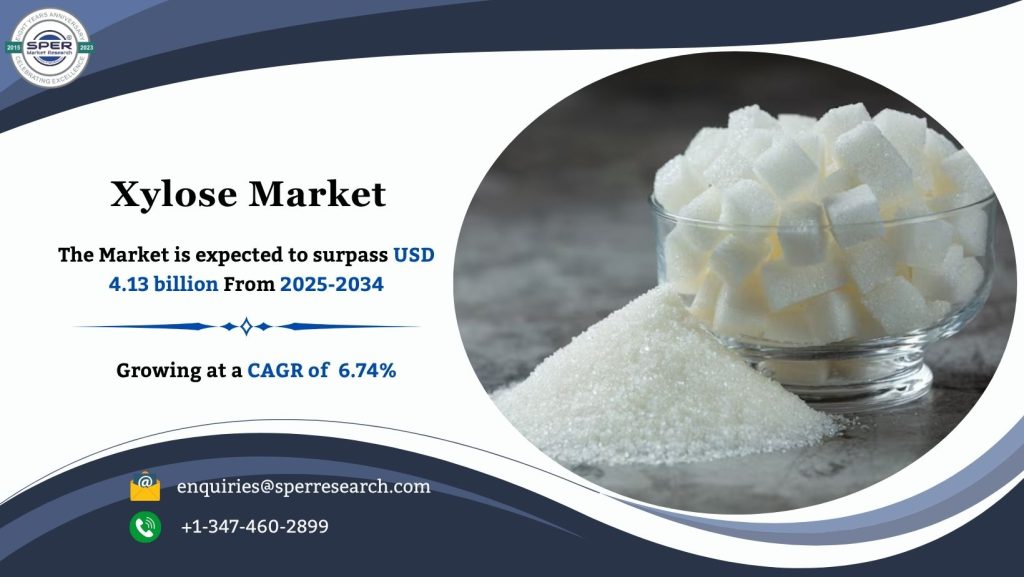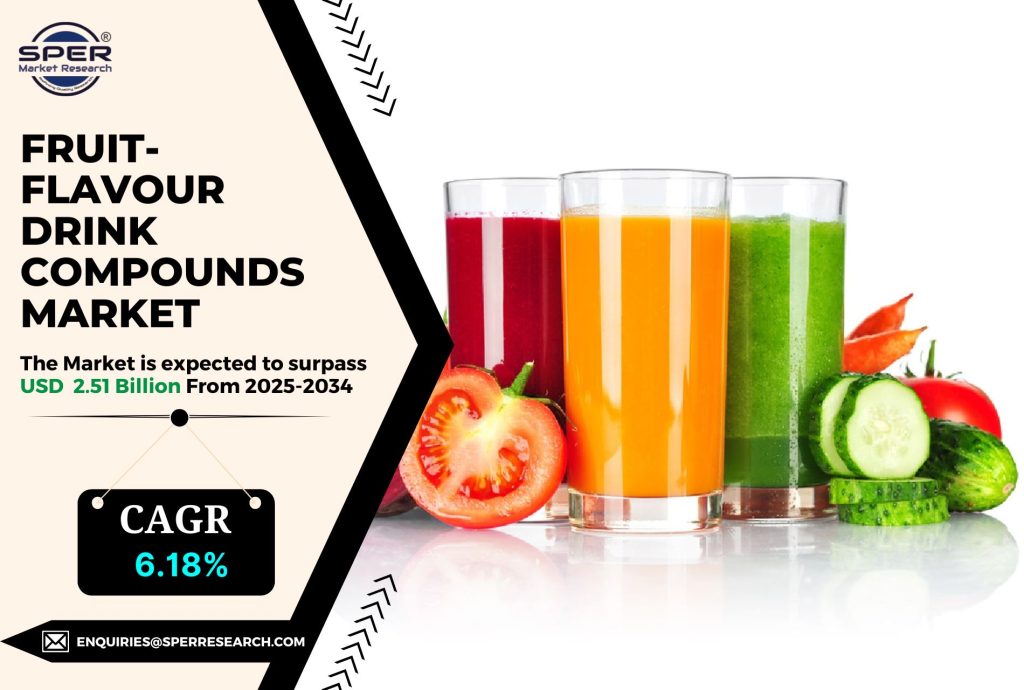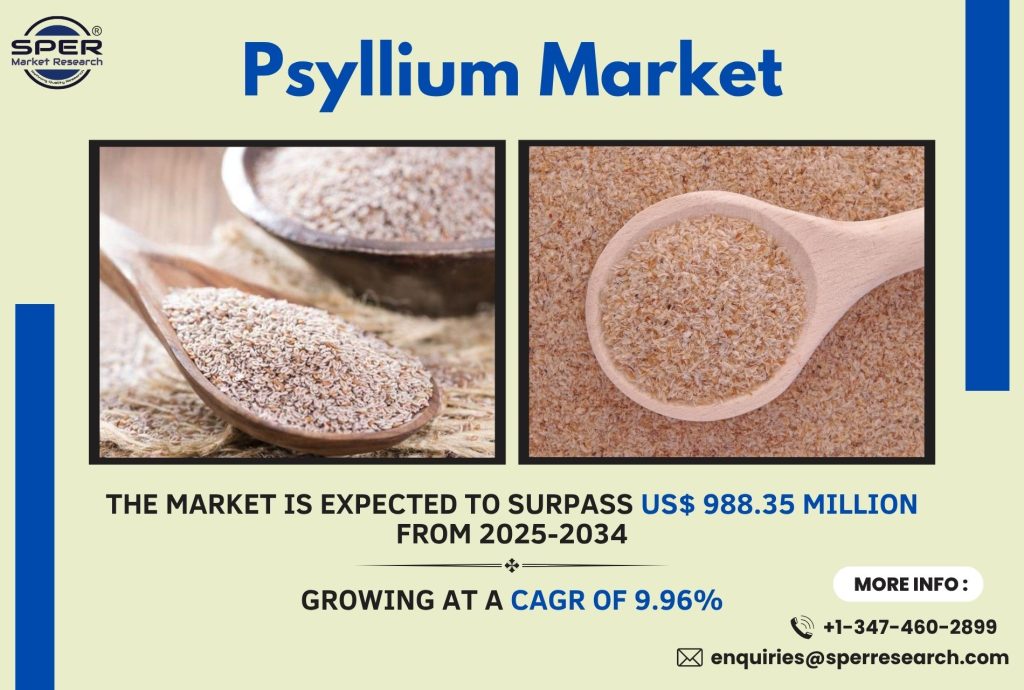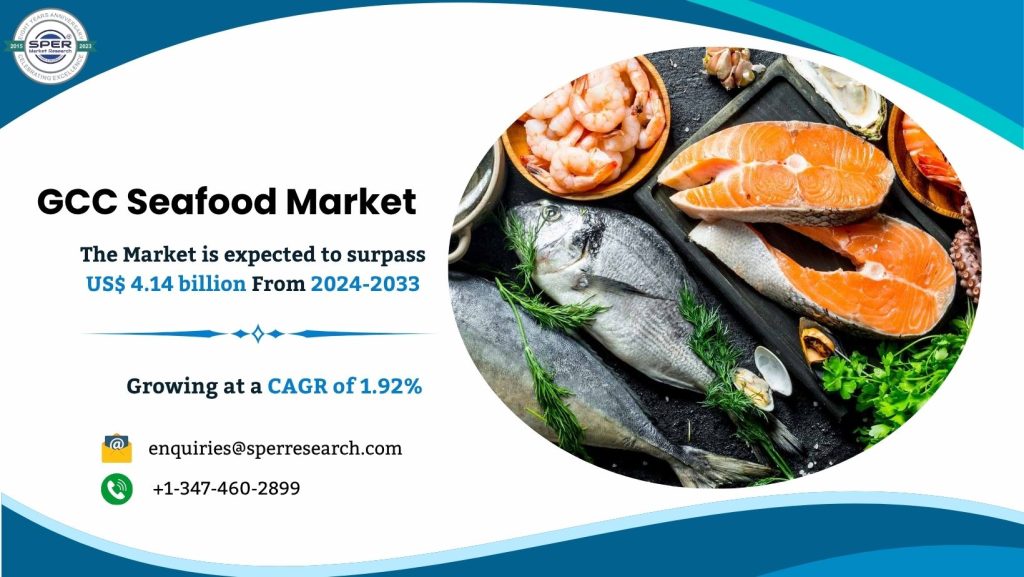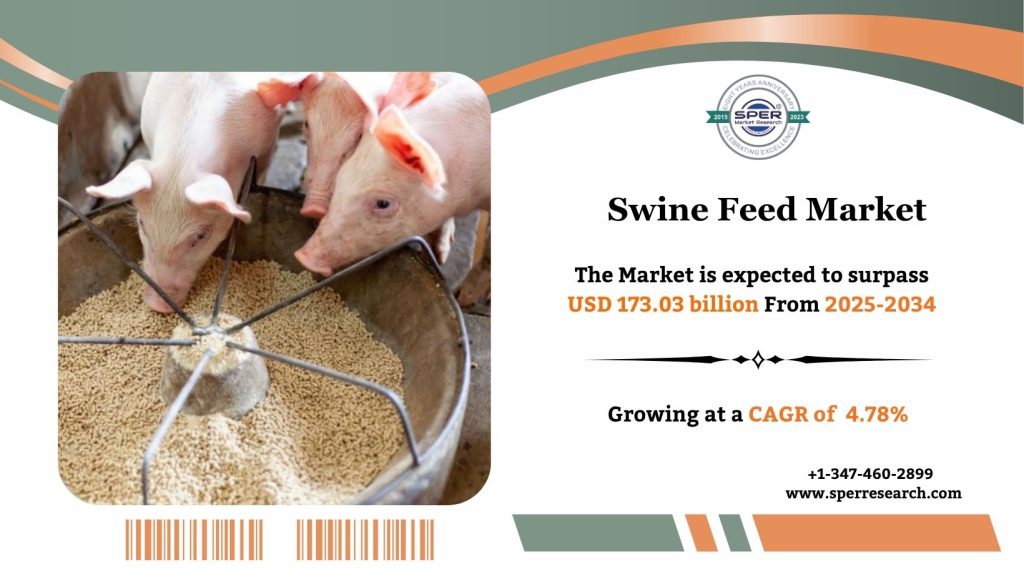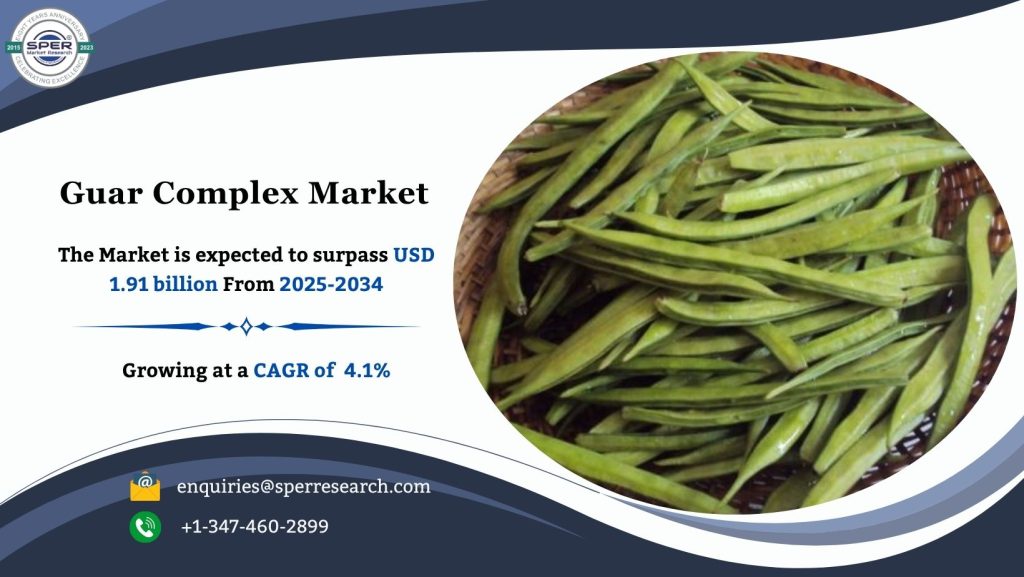A five-carbon sugar that occurs naturally and is categorized as a monosaccharide, xylose is frequently found in the hemicellulose component of plant cell walls. Through hydrolysis, it is mostly made from wood, straw, and other fibrous plant materials. Glucose, a six-carbon sugar, is sweeter than pentose sugar xylose. In addition to being a precursor in the synthesis of xylitol, a sugar substitute, xylose has important industrial applications, especially in the manufacturing of biofuels like bioethanol. It is frequently used in medical studies to evaluate intestinal absorption because people do not absorb it easily. Research in microbiology and biotechnology also heavily relies on xylose fermentation.
According to SPER market research, ‘Xylose Market Growth, Size, Trends Analysis – By Type, By Form, By End User – Regional Outlook, Competitive Strategies and Segment Forecast to 2034’ state that Global Xylose Market is estimated to reach USD 4.13 billion by 2034 with a CAGR of 6.74%.
Drivers:
The xylose market is growing due to several interrelated factors. Growing consumer awareness of health and wellness has led to a boom in demand for natural, low-calorie sweeteners, with xylose emerging as the favored alternative in food and beverage products. Due to its plant-based origin and low glycemic index, it appeals to consumers who are health-conscious and fits well with the clean-label movement. Xylose is used in the pharmaceutical industry for its non-cariogenic qualities and as a diagnostic tool, which increases its range of uses. Since xylose is a feedstock for the manufacturing of bioethanol, the biofuel industry also helps the market expand by promoting the transition to sustainable energy sources. Biotechnology developments have increased the efficiency of xylose production and extraction, opening up the product to a wider range of industries.
Request a Free Sample Report: https://www.sperresearch.com/report-store/xylose-market?sample=1
Restraints:
There are a number of important obstacles and problems facing the xylose market that could prevent it from expanding. Since xylose extraction from lignocellulosic biomass requires intricate and expensive procedures, high production costs continue to be a major issue, making it less accessible for smaller producers. Alternative sweeteners like erythritol and stevia, which are becoming more and more well-liked because of their natural origin and alleged health advantages, are another threat to the market. Consistent production and price are further complicated by supply chain instability, which is driven by seasonal variability and variations in the availability of raw materials. Furthermore, there are difficulties in complying with strict regulatory standards in many regions, which may restrict market expansion. Market expansion is also hampered by low consumer knowledge, especially in emerging nations. China dominates the global xylose market, primarily due to its extensive production capacity and abundant raw material resources. Some significant market players are Ardilla Technologies Limited, AvanceChem, Central Drug House P, Healtang Biotech Co, International Flavour and others.
For More Information, refer to below link: –
Related Reports:
Follow Us –
LinkedIn | Instagram | Facebook | Twitter
Contact Us:
Sara Lopes, Business Consultant — USA
SPER Market Research
enquiries@sperresearch.com
+1–347–460–2899
